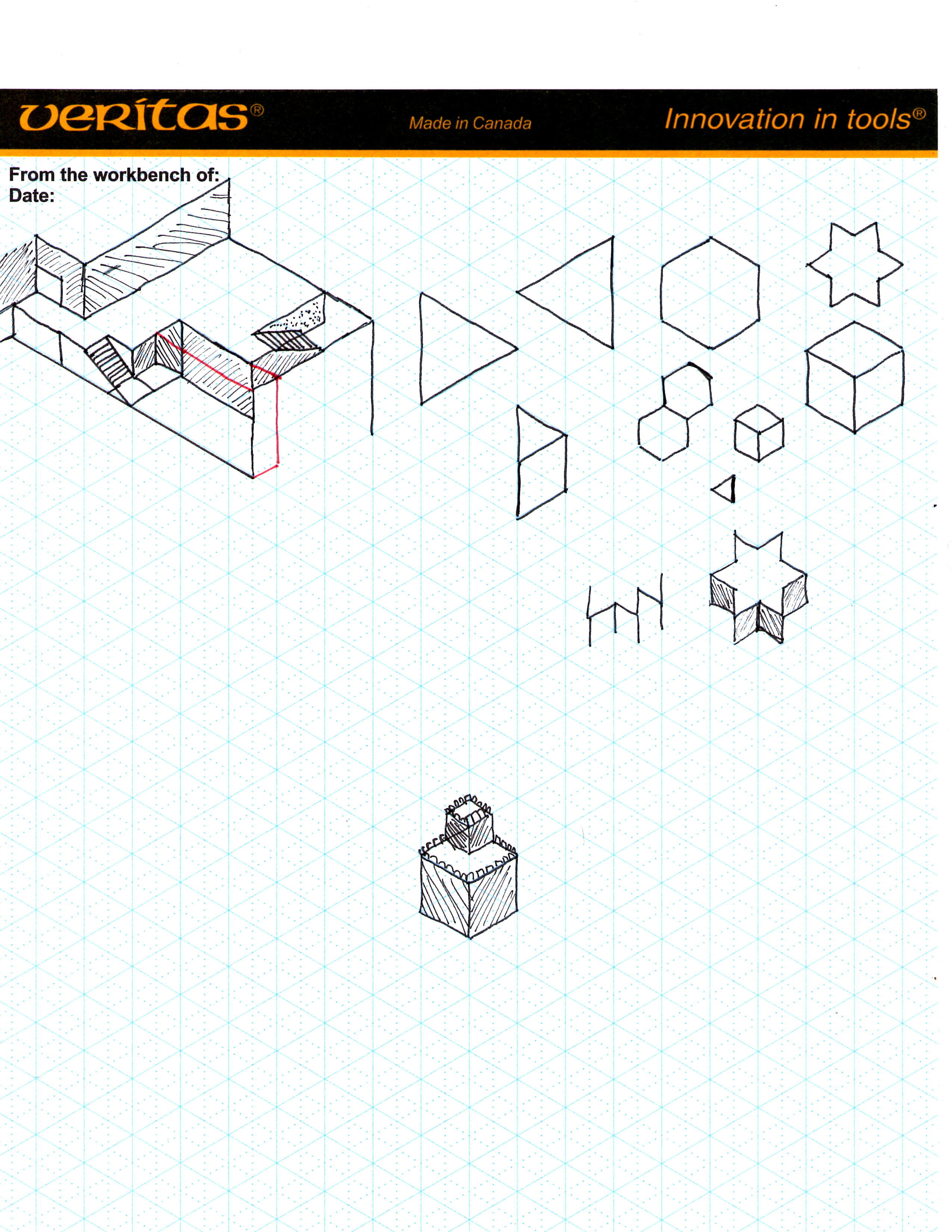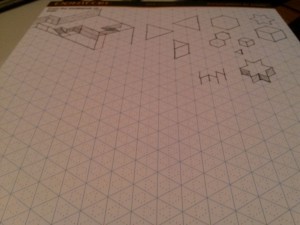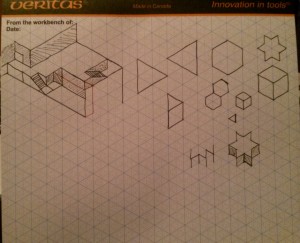Druids in First Edition AD&D do not have the ability to turn undead. Other than physical combat or druid spells, druids are just like anyone else when it comes to undead.
I have always ran druids as written in AD&D to not have any turning ability, or anything else that makes them stand out from other classes, when it comes to undead.
However, my recent articles on Druids and Alignment and Druids and Their Environment, have me thinking about all aspects of druids.
Since druids are nature priests who rely on their connection with nature and the right kinds of leaves for their magic, and undead, which for skeletons and zombies at least, are unnatural magical creations, it seems to me that druids should have some ability or spell to deal with such unnatural creatures.
More powerful undead are creatures created by their own force of will, being attacked and killed by similar creatures, or creatures of or connected to the negative material plane.
The only druid spell dealing with the dead is reincarnate, the one spell no player wants to try, or end up a badger, or other non preferred animal or demi-human race. Reincarnation only affects humans and demi-humans that have been dead less than a week, and it requires touching the body. So only very freshly killed and animated corpses would be affected. Once an undead is dispatched, one would rarely, if at all, decide to reincarnate the corpse.
I even reviewed Unearthed Arcana to make sure there are no other first edition druid spells dealing with the undead. There is the first level cleric spell, invisibility to undead. I can see that being used by a druid, but only being effective in a natural environment, i.e. not a dungeon, tomb, temple, or city.
One idea I had is a druid power, perhaps for 3rd or 4th level druids, to “banish abomination”, which would include magically created creatures that are not born that way. So skeletons, zombies, homonculi, golems, clones (as per the Magic User spell), and similar magically created creatures.
The effects of this power could be to stop the unnatural creatures from approaching them or their designated area of protection. The limitation is that it would require the druid to be in a natural environment with some form of natural life. Thus an underground cave system or cavern with cave life forms, would suffice, but a mine, dungeon, tomb, city, or graveyard would not be a natural setting, unless it is an old abandoned area and the plant and animal life is taking over, like many “lost” jungle cities. This could affect all unnatural creatures within so many feet or yards per level.
My thought was for it to be 100 feet or yards per level of the druid. So it could be a moving point centered on the druid, so that a druid could pass through a swarm of such creatures, or it could be centered on a location, like a dryad’s tree, or a holy grove of oaks, or the druid’s home.
Higher order undead that seek to destroy life, would be a challenge for a druid. Life hating, level draining undead may not have a reason to cross a forest or swamp. An ancient barrow in the midst of a forest might have wights, but they are limited to the barrows and the druid wouldn’t go there without good reason.
Druids with an evil bent and keyed into the dark, corrupting powers of nature, might be into creating skeletons and zombies and have ways of controlling them. Unless skeletons and zombies are controlled by an evil cleric, the creating druid would have control of them. If they lost control of their creations, how would they get control back? There is a plot hook for a band of evil druids who have a device that lets them control created undead. Perhaps they have a cleric among them. Maybe a dual-class cleric/druid?
This makes me curious how other editions of D&D dealt with this, as well as other clones and rules. I have OSRIC, and of course, it sticks to AD&D. I have PDFs of many other rule sets, but as of yet, have not checked them for how they handle druids and undead.
I don’t recall any articles in Dragon magazine on this topic, but I haven’t read it since I got rid of my collection nearly 25 years ago.
I am also curious how other DMs/GMs have home-ruled on this.
I have never played a druid, but have one player in my campaign with a druid, but I have ruled that it is by the book on matters of undead where druids are concerned. I am not by the book on alignment for druids, so now I am wondering why I am this way with undead. It won’t affect game play, if the ability to affect undead by druids is for higher level druids, other than one NPC druid the party helped with a few skeletons. I can just retcon that it was a test from the druid for her further assistance, and payment for training the party druid (which it was). The players don’t even have to know.
These three posts on druids have me wanting to do more in the outdoors/wilderness in my campaign. At least I have ideas for where to go with things if they never make it to the ruined city.






